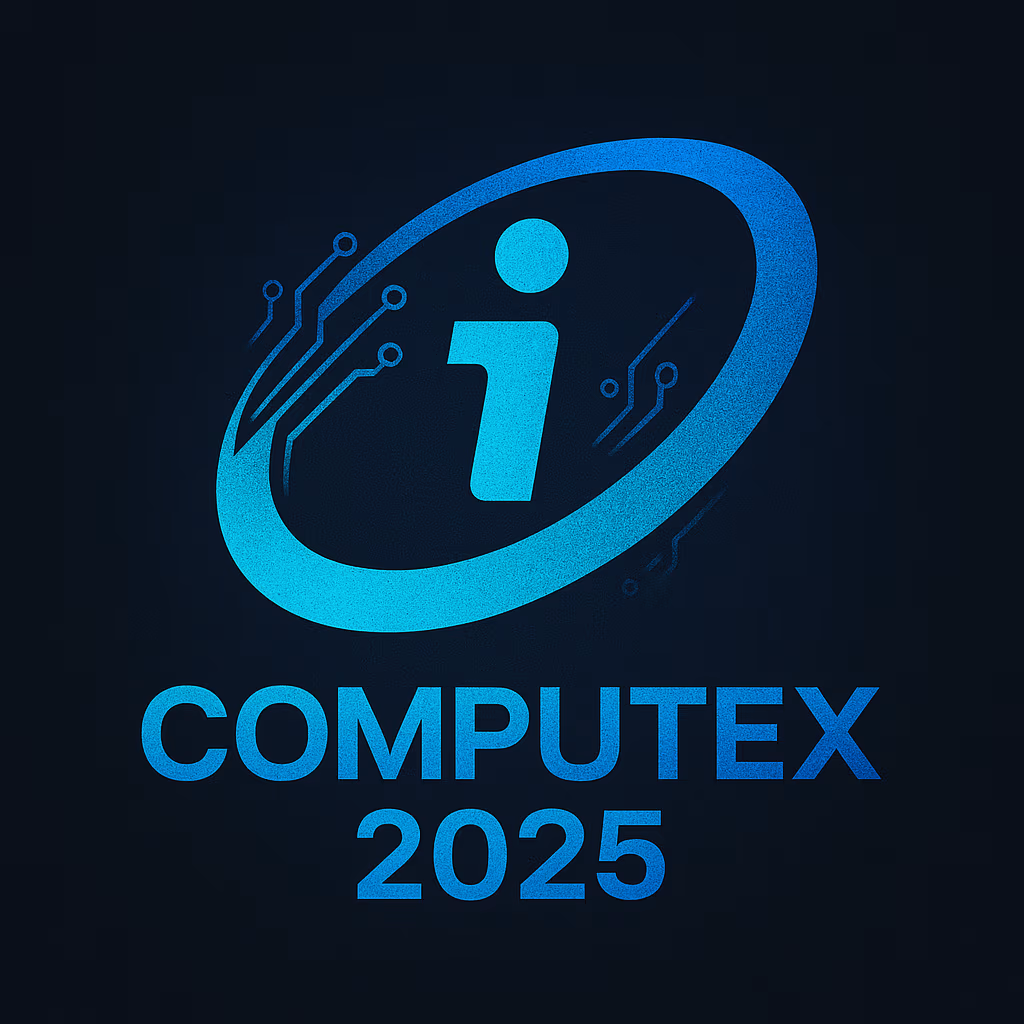
Intel’s AI Play at Computex
Computex 2025 has been buzzing with exciting announcements, and Intel certainly made waves with its latest GPU offerings. While NVIDIA has long dominated the high-performance AI landscape, Intel is making a clear push to carve out its niche, particularly with an eye on the rapidly expanding world of Large Language Models (LLMs). Let’s dive into what Intel showcased and how their new GPUs stack up against the reigning green team for your AI endeavors.
Enter the Xe2 Architecture: Arc Pro B-Series and Beyond
Intel unveiled its new Arc Pro B60 and B50 GPUs, built on the latest Xe2 “Battlemage” architecture. These professional-grade GPUs feature Intel’s Xe Matrix Extensions (XMX) AI cores – essentially their answer to NVIDIA’s Tensor Cores – and are designed for creators, developers, and engineers.
A key highlight is the significant memory increase. The Arc Pro B60 boasts 24GB of VRAM, while the B50 comes with 16GB. This is crucial for LLMs, which are notoriously memory-hungry. Intel is even touting “Project Battlematrix,” a multi-GPU scalability solution that allows up to eight Arc Pro B60 GPUs to be linked, providing a whopping 192GB of VRAM. This configuration is aimed at running medium-sized AI models, up to 150 billion parameters, and even larger models like Llama 3.1 8B or full-scale Llama 4.
The Arc Pro B50, with its 16GB of memory and low-profile design, is particularly interesting for smaller systems and workstations looking to incorporate LLM capabilities without breaking the bank. Intel is aggressively pricing these cards, with the B50 at $299 MSRP and the B60 around $500, making them significantly more accessible than comparable NVIDIA offerings in terms of memory per dollar.
Gaudi 3: Intel’s Heavyweight for Data Center AI
Beyond the Arc Pro series, Intel reiterated the growing availability of its Gaudi 3 AI accelerators. These are Intel’s dedicated data center AI chips, built to take on NVIDIA’s top-tier offerings like the H100. Gaudi 3 is now available in PCIe and rack-scale systems, offering scalable and open solutions for enterprise and cloud AI inferencing.
Intel’s strategy with Gaudi 3 is not to necessarily outperform NVIDIA on raw floating-point operations in every scenario, but rather to offer a compelling price-performance advantage, especially for LLM inference. Intel claims Gaudi 3 can provide:
- Up to 40% faster time-to-train versus an equivalent size NVIDIA H100 GPU cluster on certain models like Llama2-70B.
- An average of up to 2x faster inferencing versus NVIDIA H100 on popular LLMs such as Llama-70B and Mistral-7B, depending on the workload (particularly favorable in scenarios with large output tokens).
- A significant performance-per-dollar advantage, reportedly up to 80% better than the H100 for Llama 3 8B, and even double the price-performance for Llama 2 70B inference.
This focus on price-performance and an open ecosystem is a direct challenge to NVIDIA’s dominant position and often higher prices.
The NVIDIA Comparison: Where Intel Aims to Win
NVIDIA still holds the crown for raw compute power and a mature software ecosystem (CUDA, TensorRT-LLM). For high-end LLM training of massive models, NVIDIA’s latest Blackwell architecture (B100/B200) and even the H100 remain formidable.
However, Intel’s plays are strategically different:
- Accessibility and Memory for Desktop/Workstation LLMs: The Arc Pro B-series, particularly the 24GB B60 at its price point, directly targets the memory limitations often faced by users running LLMs on consumer or professional GPUs. This makes powerful local LLM inference more accessible to a broader audience.
- Price-Performance in the Data Center: Gaudi 3 isn’t trying to be faster than every NVIDIA chip in every metric. Instead, it’s positioning itself as a cost-effective alternative for enterprise-level LLM training and, crucially, inference, where the cost of compute can quickly skyrocket. Intel is banking on its open software stack (Optimum Habana) and system-level solutions to simplify deployment and reduce total cost of ownership.
- Open Ecosystem: Intel is emphasizing an open approach to hardware and software, a stark contrast to NVIDIA’s more “walled garden” strategy. This could appeal to businesses and developers wary of vendor lock-in.
The Road Ahead
Intel’s commitment to AI, from client-side Arc GPUs to data center Gaudi accelerators, is clear. While NVIDIA continues to innovate at a blistering pace, Intel is making strides in offering competitive alternatives, particularly in the critical area of LLM inference and accessibility. The success of Intel’s strategy will depend on not just the hardware performance, but also the maturation of their software ecosystem and developer adoption. For anyone looking to deploy or experiment with LLMs, Intel’s Computex announcements offer promising new options that are definitely worth keeping an eye on.





